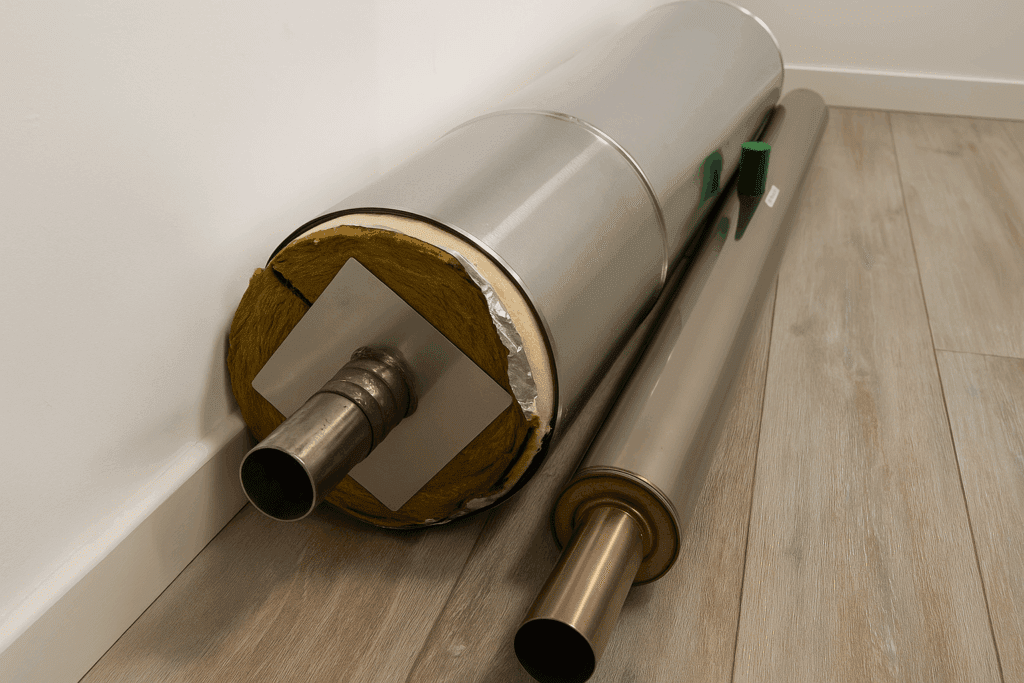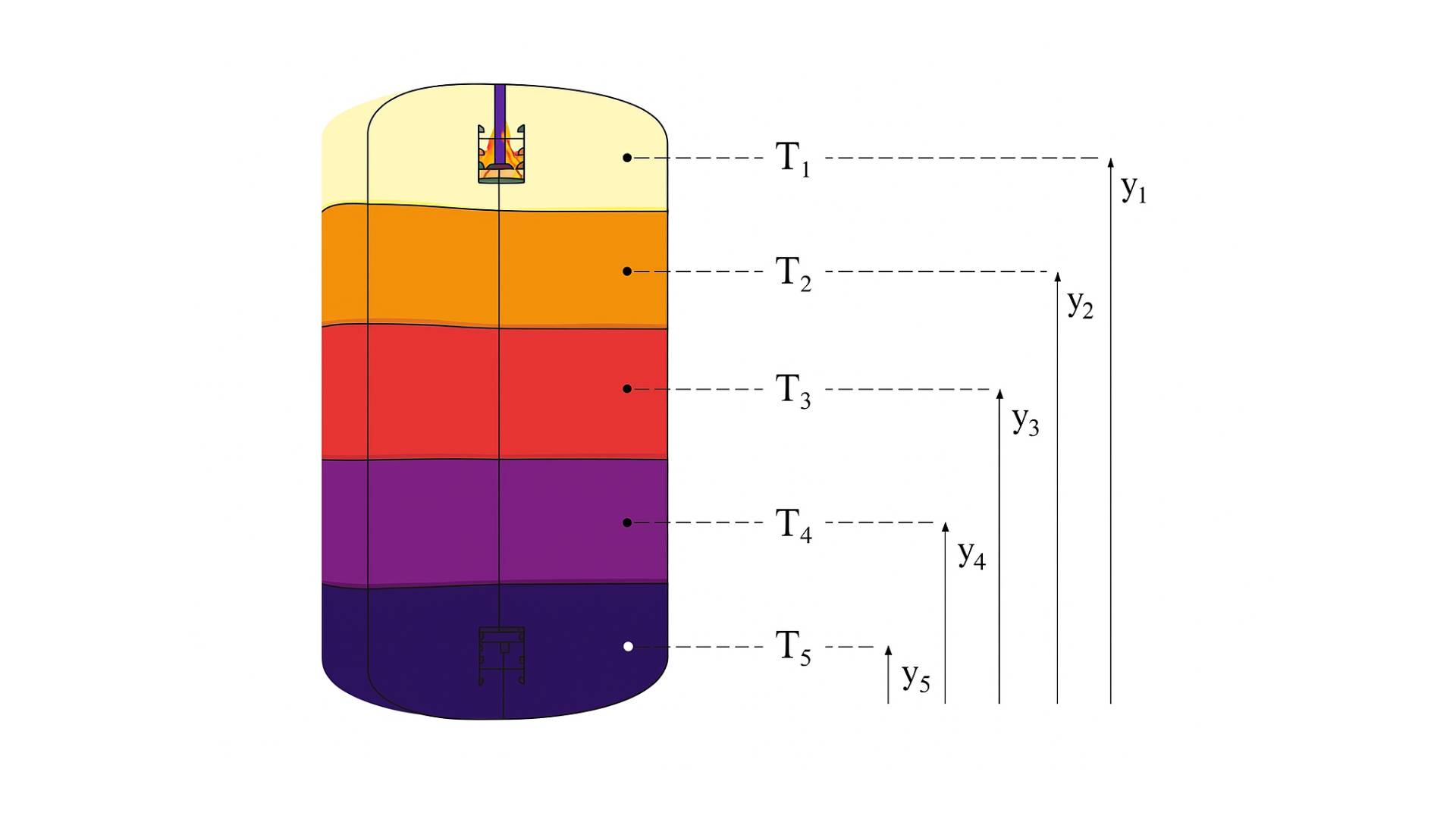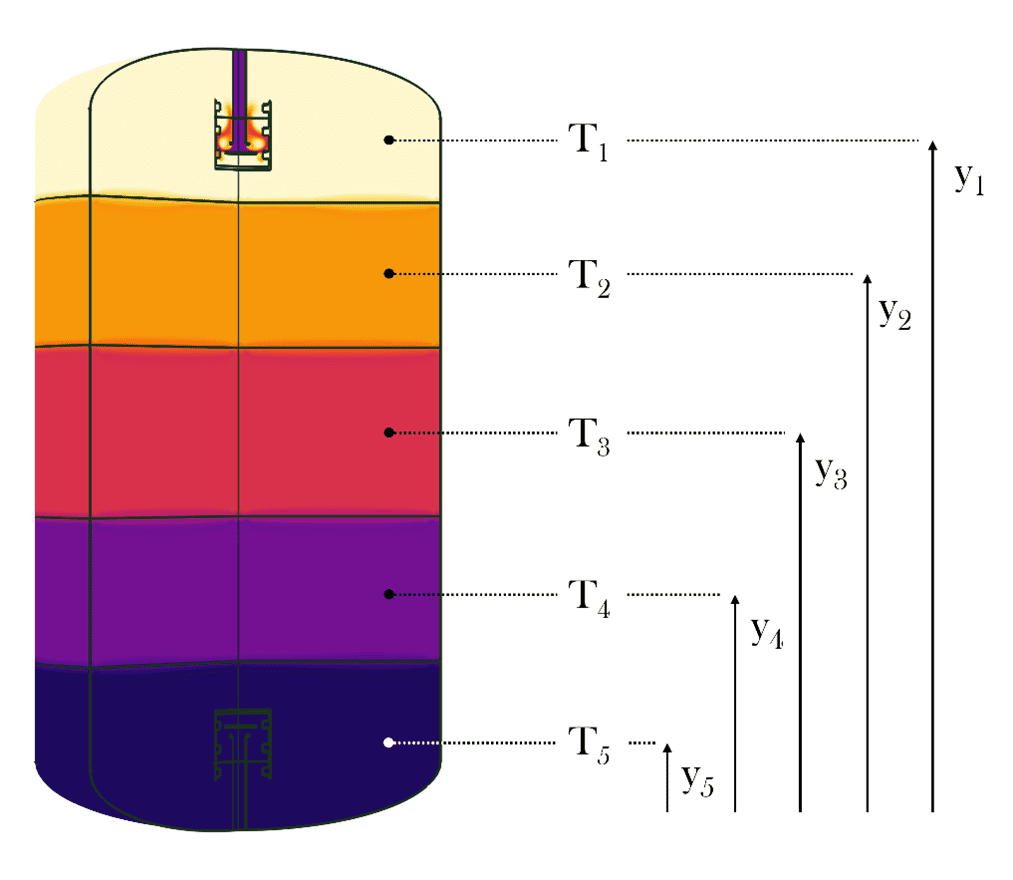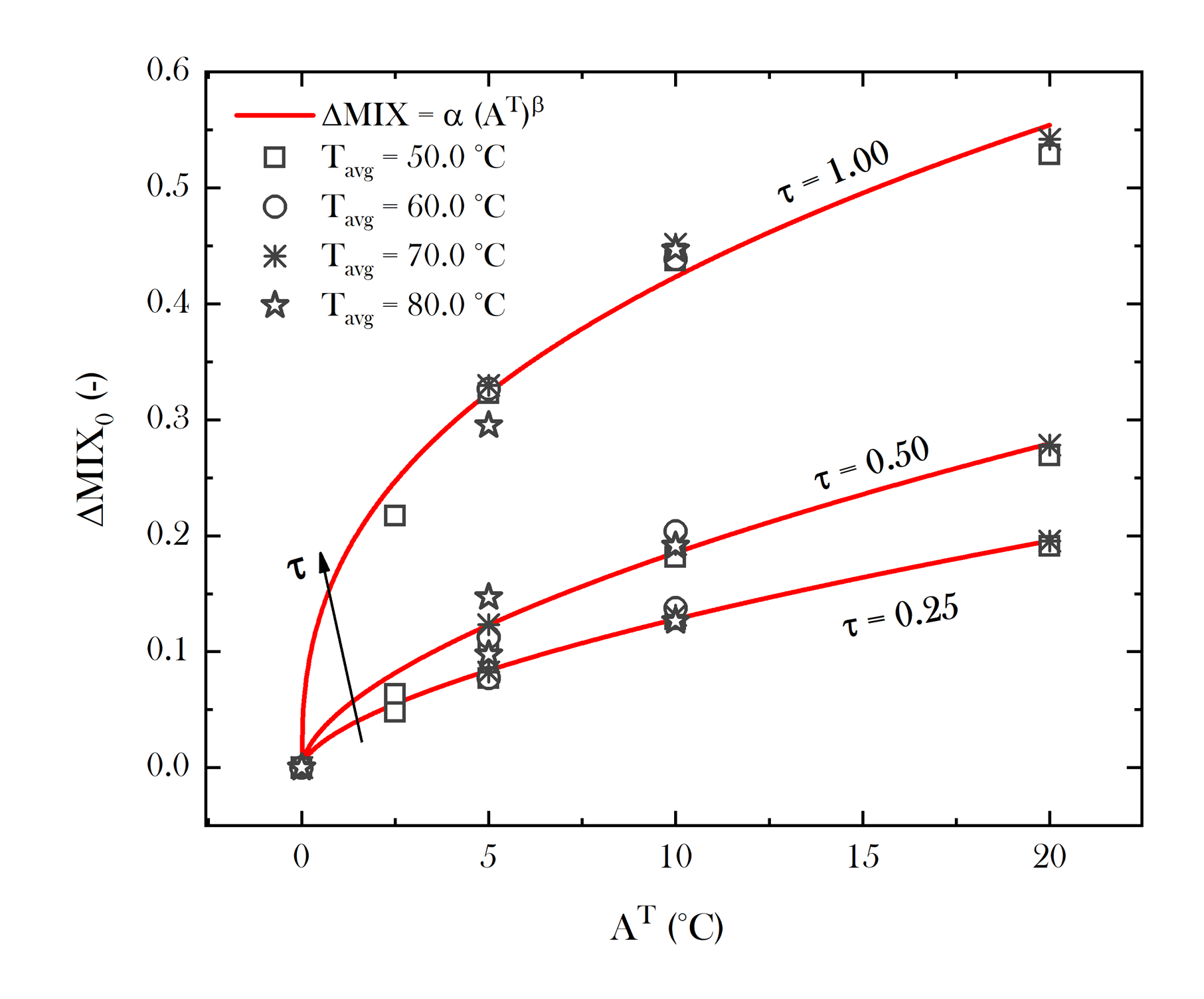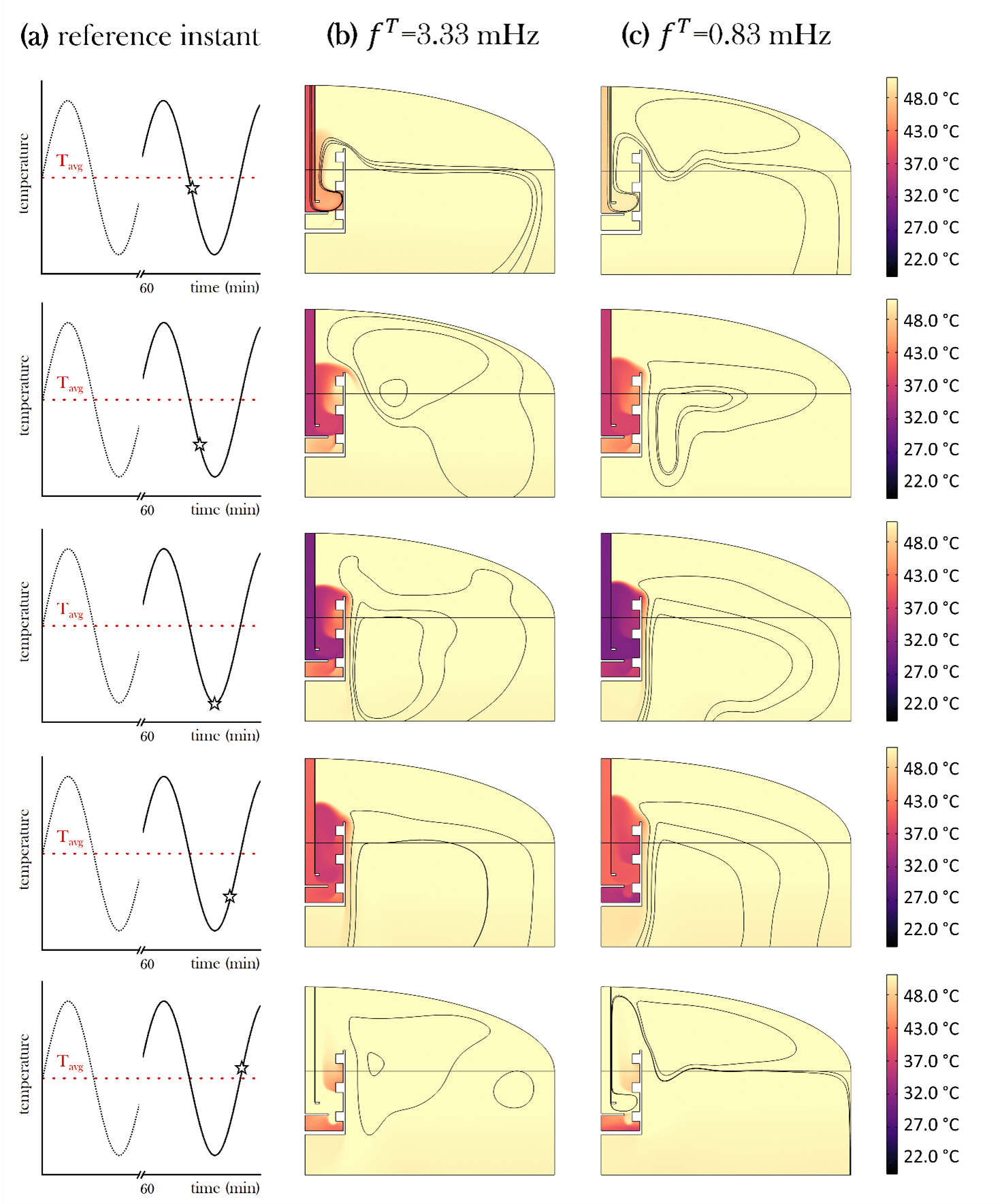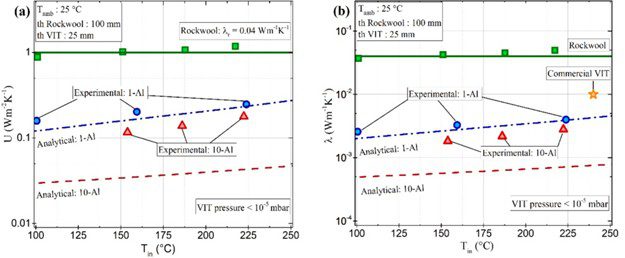Efficient Energy Transfer and Storage
Solar thermal fields, consisting of large-scale installations of solar collectors, represent a key strategy for decarbonizing the thermal sector
According to Solar Heat Europe, by 2030 solar thermal in Europe could enable annual savings of approximately 33 Mt of CO₂. These systems provide domestic hot water, support low-temperature heating applications, and industrial process heat, drastically reducing reliance on fossil fuels.
By adopting vacuum-insulated collectors, thermal losses can be reduced by up to 90 %, thereby increasing overall efficiency and lowering operating costs.
Our integrated approach to efficient energy transfer and storage—combining advanced vacuum insulation, optimized fluid pipeline design, and hybrid numerical–experimental simulation—highlights the transformative potential of solar thermal systems for decarbonizing the thermal sector. By continuously advancing materials, methods, and operational practices, our work aims to provide scalable, cost-effective solutions that address the dynamic energy demands of residential and industrial applications.

